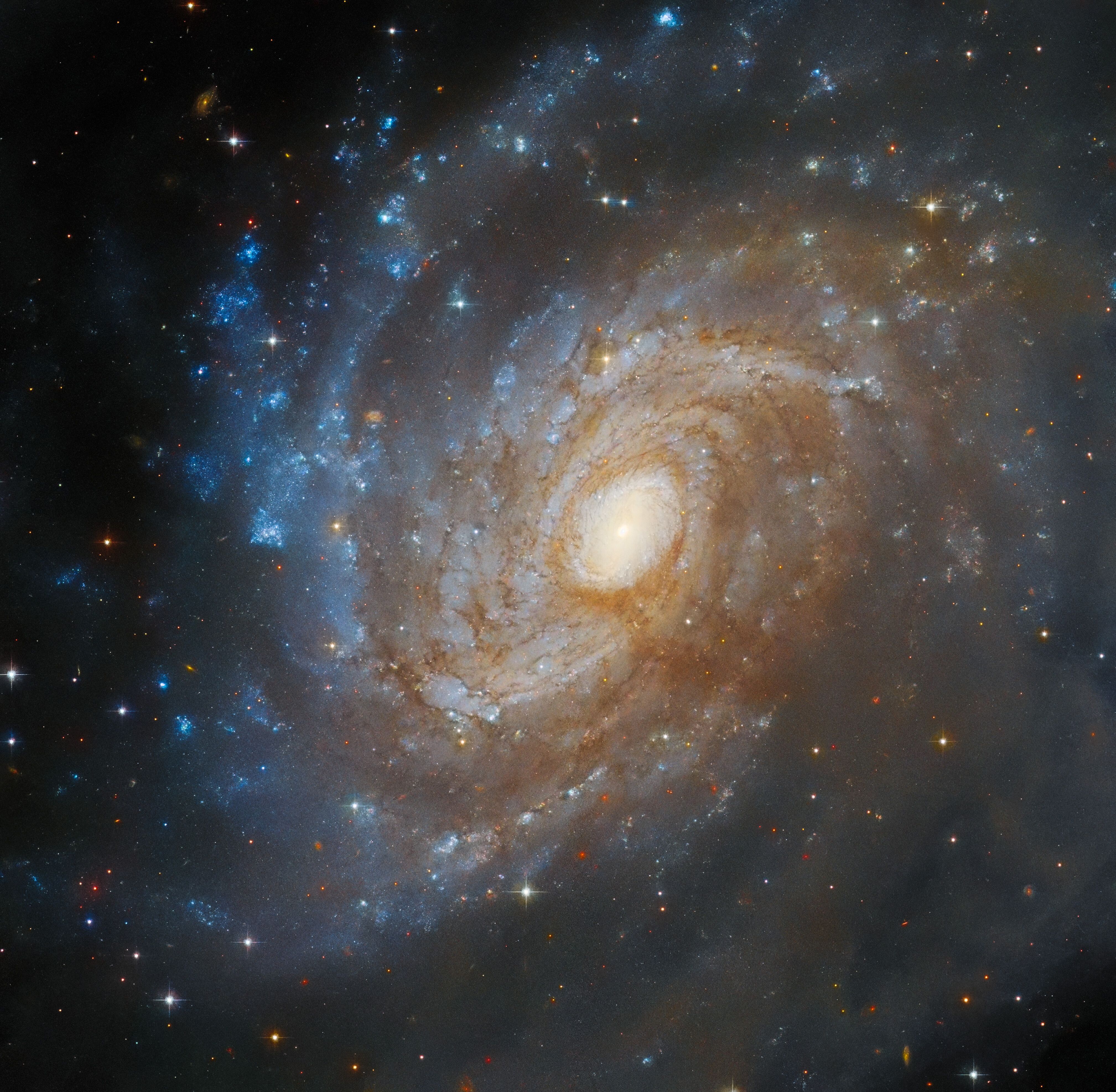Tuesday, April 16, 2024
03:45 PM - 05:00 PM
ASD Colloquium (Hybrid)
It Takes Two to Tango: Modeling Binary Stellar Populations in the Gravitational Wave Era
Jeff Andrews (University of Florida)
Between the discovery of gravitational waves from over a hundred merging compact objects and the advent of micro-arcsecond astrometry realized by the Gaia space telescope, the study of the complexities of binary stellar evolution - including mass transfer, tides, and r-process nucleosynthesis - has taken on a new urgency. In this talk, I will describe the current status of modeling binary star populations as well as several critical shortcomings that multiple groups throughout the field are working to address. In particular, I will introduce our binary population synthesis code, POSYDON, which combines large grids of MESA simulations with machine learning algorithms to produce the next generation of binary population models. In addition to their implications for the origin of gravitational wave sources, these models promise to improve our interpretation of a wide range of stellar population observations, ranging from nearby open clusters to galaxies at high redshift. Finally, I will speculate on the importance of forthcoming observations to constrain key binary evolution processes.
Read more about this event Jeff Andrews (University of Florida)
Between the discovery of gravitational waves from over a hundred merging compact objects and the advent of micro-arcsecond astrometry realized by the Gaia space telescope, the study of the complexities of binary stellar evolution - including mass transfer, tides, and r-process nucleosynthesis - has taken on a new urgency. In this talk, I will describe the current status of modeling binary star populations as well as several critical shortcomings that multiple groups throughout the field are working to address. In particular, I will introduce our binary population synthesis code, POSYDON, which combines large grids of MESA simulations with machine learning algorithms to produce the next generation of binary population models. In addition to their implications for the origin of gravitational wave sources, these models promise to improve our interpretation of a wide range of stellar population observations, ranging from nearby open clusters to galaxies at high redshift. Finally, I will speculate on the importance of forthcoming observations to constrain key binary evolution processes.
Thursday, April 18, 2024
01:00 PM - 02:00 PM
Let's Talk DEIA Engagement Series
Featuring David Reth, Director of Management Operations (Code 200), NASA Goddard.
This session is intended to be an informal opportunity for the Goddard workforce to engage with senior leaders as part of the Center’s DEIA Strategic Implementation Plan. Please bring your curiosity, your questions, and your lunch!
Register by April 16, 2024 at this Registration Link
Read more about this event This session is intended to be an informal opportunity for the Goddard workforce to engage with senior leaders as part of the Center’s DEIA Strategic Implementation Plan. Please bring your curiosity, your questions, and your lunch!
Register by April 16, 2024 at this Registration Link
Thursday, April 18, 2024
03:45 PM - 05:00 PM
Special ASD Colloquium (Hybrid)
Observational Benchmarks of Chemical Evolution from Extreme Emission Line Galaxies
Danielle Berg (University of Texas in Austin)
The advent of the James Webb Space Telescope has opened our first window onto detailed abundance studies of high redshift (z > 6) extreme emission line galaxies. The coming years will provide the first spectroscopic samples of these galaxies in the epoch of reionization with which we can constrain their chemical compositions and histories and resulting conditions that shaped the escape of ionizing photons. As we build our samples of high-ionization nebular emission lines and absorption profiles of outflowing gas, we can begin to understand how the time-dependent nature of elemental production affects our interpretation of different epochs of galaxies and the resulting strung-together evolutionary story. I will present recent HST and JWST observations of the dynamic ISM across multiple epochs and the lessons we are learning about chemical evolution, star formation histories, and feedback prescriptions.
Read more about this event Danielle Berg (University of Texas in Austin)
The advent of the James Webb Space Telescope has opened our first window onto detailed abundance studies of high redshift (z > 6) extreme emission line galaxies. The coming years will provide the first spectroscopic samples of these galaxies in the epoch of reionization with which we can constrain their chemical compositions and histories and resulting conditions that shaped the escape of ionizing photons. As we build our samples of high-ionization nebular emission lines and absorption profiles of outflowing gas, we can begin to understand how the time-dependent nature of elemental production affects our interpretation of different epochs of galaxies and the resulting strung-together evolutionary story. I will present recent HST and JWST observations of the dynamic ISM across multiple epochs and the lessons we are learning about chemical evolution, star formation histories, and feedback prescriptions.
Tuesday, April 23, 2024
03:45 PM - 05:00 PM
ASD Colloquium (Hybrid)
Smita Mathur (Ohio State)
Read more about this event Wednesday, April 24, 2024
12:30 PM - 01:30 PM
Goddard Centerwide Town Hall
Goddard Center Director Dr. Makenzie Lystrup will host the next centerwide town hall from the Goddard Institute for Space Studies (GISS) in New York. Topics for discussion will include the latest budget updates, Goddard 2040, the center’s role in the agency’s Artemis program and Moon to Mars strategy, and the importance of GISS and Earth science missions to the Goddard portfolio.
Read more about this event Wednesday, April 24, 2024
02:00 PM - 03:00 PM
SMD Town Hall
Details to follow
Read more about this event 
FEATURED STORY

Congratulations to the following 660 members for receiving Agency Honor Awards! Scott Barthelmy: Exceptional Public Service Medal Koji Mukai: Exce...
Monday, April 01, 2024Tim Kallman and Javier Garcia (662) have been awarded the 2024’s AAD HEAD Innovation Prize! They share the award with Thomas Dauser “for the developm...
Thursday, January 11, 2024Ken Carpenter (667) and his team have been awarded a prestigious and highly competitive NIAC grant to perform a study for an optical-UV interferometry...
Thursday, January 04, 2024John Mather has been selected as the Honoree for the 2025 Benjamin Franklin Birthday Celebration: Every year the Franklin Birthday Committee selects ...
Monday, January 01, 2024